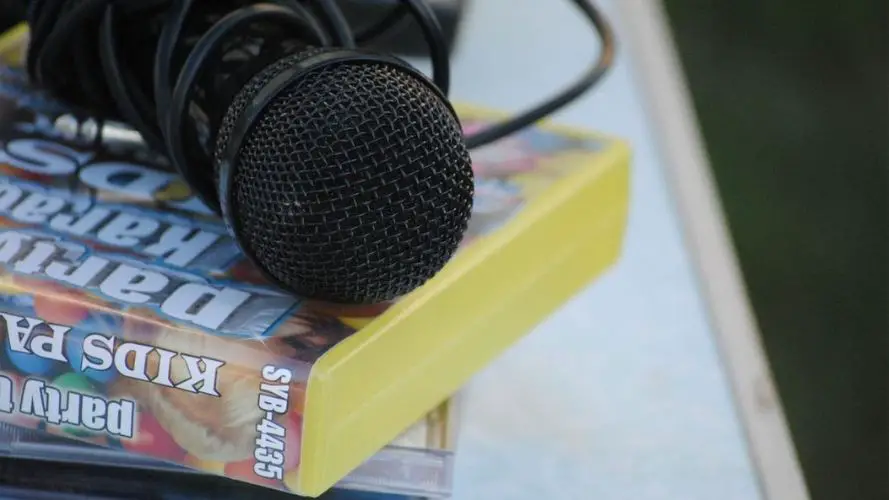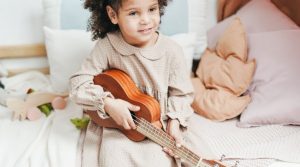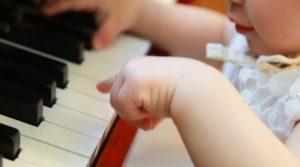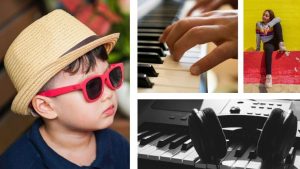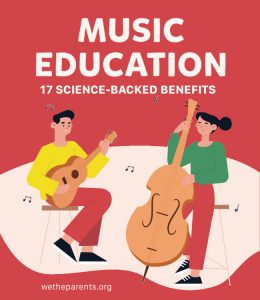Kids and songs go together happily. People have used singing for millennia to teach small children the basics of life and learning. Kids less than five years old are not well equipped to sit in a desk chair for hours and repeat rote learning. They need to move, make noise, and have fun. Here are some great songs for teaching and learning. Toddlers and preschoolers can learn parts of their bodies, counting upward and counting downward, naming colors, and counting time.
It’s great when parents can participate in song learning with their boy or girl. Show your child the proper motions to make, since no good preschool song is without dance steps. You can take the opportunity afterward to explain verbally the lesson the song is teaching. Song is your best friend in teaching life skills and preparing them for formal learning. Children will beg for the lessons and the songs. To the small child, this is play. If learning happens at the same time, they are perfectly fine with that.
Counting upward: 1 to 10
1 2 3 4 5 I Once Caught a Fish Alive teaches counting up to 10 as well as right hand from left. This is a great song for kids preparing for preschool or kindergarten. Their younger brothers and sisters can easily learn this valuable skill by the time they turn two.
Colors and Numbers: Colores y número is jolly good fun for kids and adults. This ditty teaches counting to 10 and a bonus of learning colors in the Spanish language. This might be one of your child’s favorite songs for learning numbers, and you won’t mind them asking for a repeat or three.
Counting downward: 5, 4, 3, 2, 1
Five Little Monkeys is a real favorite with every age child. This is a fine example of the counting-down song, from five down to one. You may wish to discuss with your child the concept of head injury due to bed jumping, in a fun way, of course. This song is considered a ‘must sing’ in early childhood.
Five Little Speckled Frogs is another example of counting down from 5 to 1. This song combines body movement with the lyrics that will show your tot what the number looks like visually as well as through sound.
The alphabet
The Alphabet Song has never sounded so current. The video teaches both capital and small letters along with their individual phonetic sounds. You won’t mind this version at all.
Phonics Song 2 not only teaches the alphabet, but the phonics for each letter. This song is a good building block to learn the essential phonetic sounds that children must gain to learn reading.
Alphabet Song with ASL Tutorial gives your child the chance to learn three things at once. The alphabet and the sounds of the letters are not the only education imparted in this video. There is also a full American Sign Language tutorial that shows each letter and the signing of a representational object, i.e., D is for Dog. These are fun motions for any kid and the fact that they mean something makes it even better.
Parts of the body
This is Me! is another song you might like almost as much as your toddler. The song teaches body parts and counts fingers and toes. The song is meant for the youngest children and can be reinforced by pointing out these body parts at other times. Everybody needs to know their toes.
Body Parts Vocabulary and Pattern Practice is a more advanced body part description. The question, “Is this your nose?” when it obviously isn’t is funny to little kids. This is presented as a fun game and the learning involved is neatly disguised.
Ready to read
25 Sight Words for Kindergarten introduces first-step reading for kids ready for the educational big-time. These simple words are the first a child learns. There’s no reason to wait until your child reaches 4 or 5. Even two-year-old kids can learn these simple words presented in a humorous musical way.


